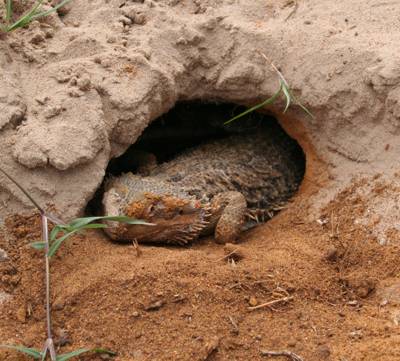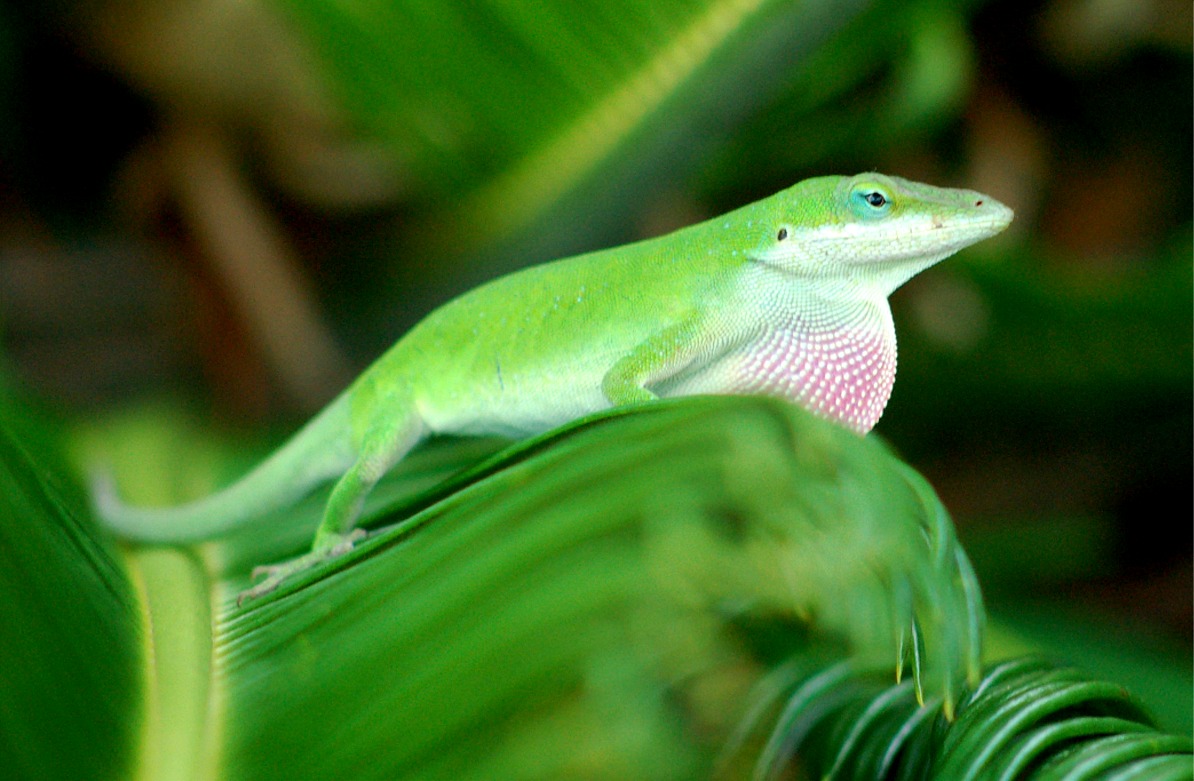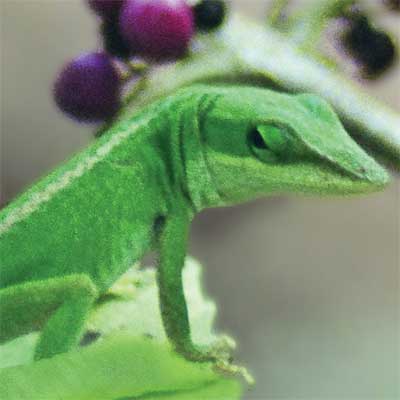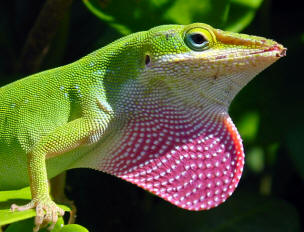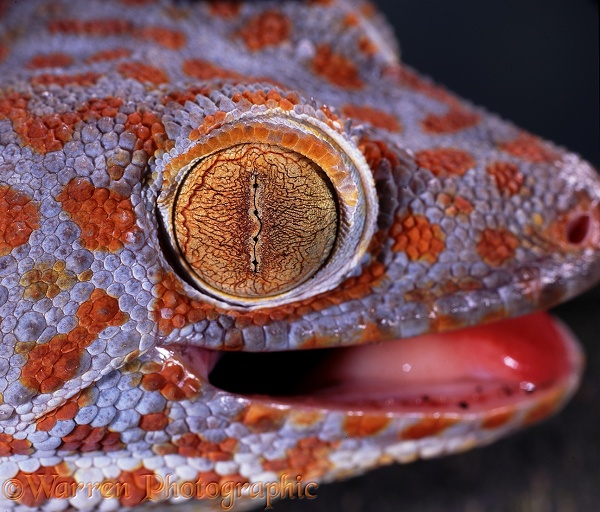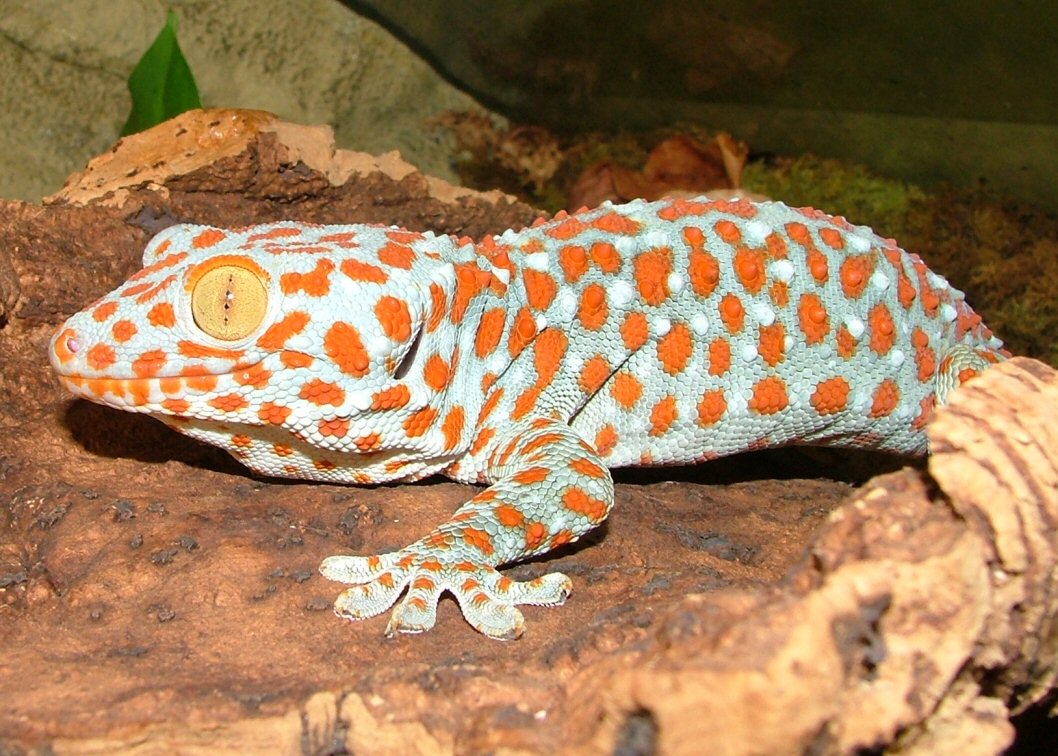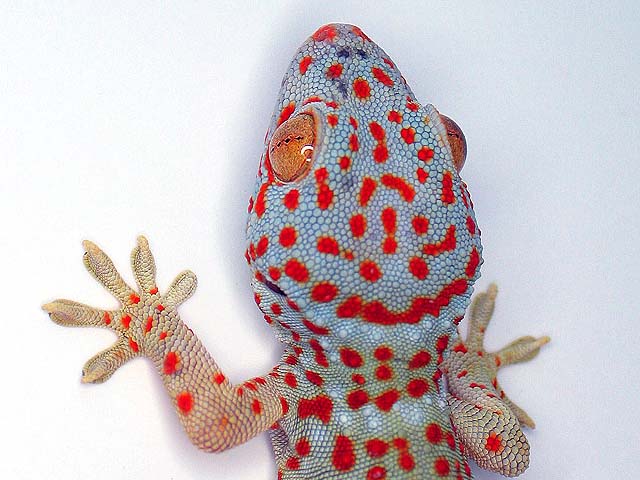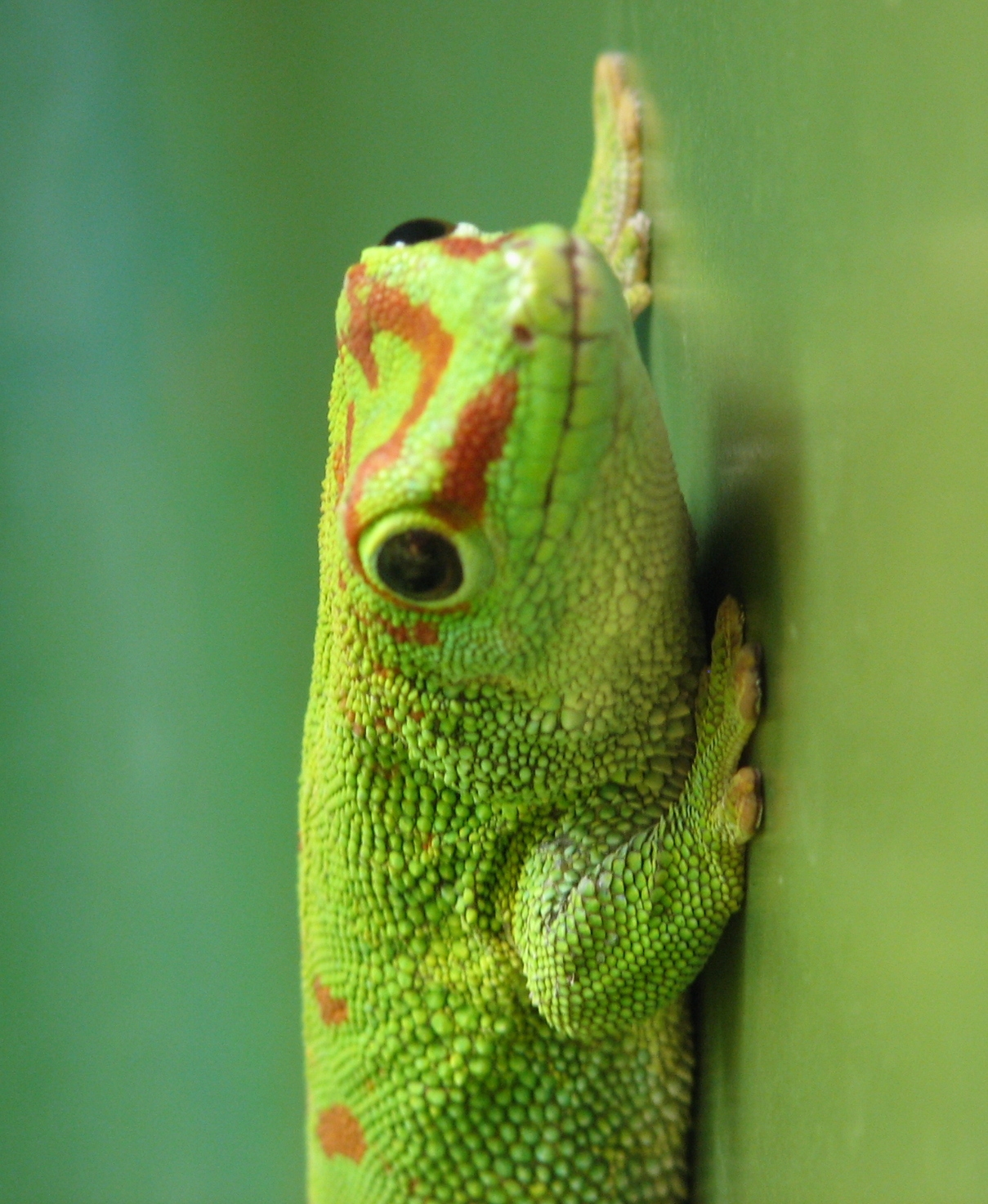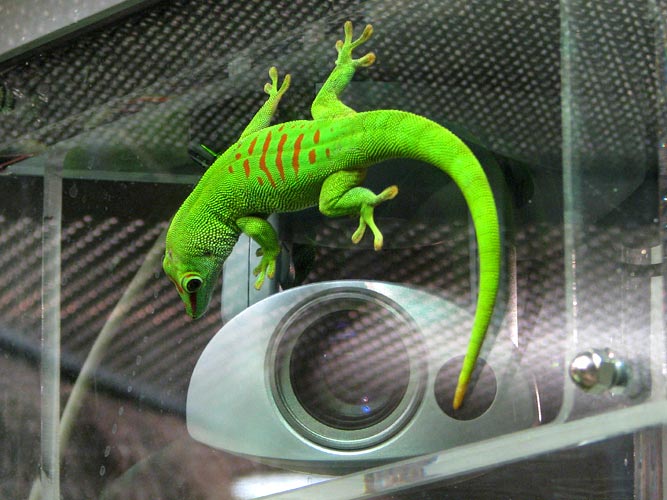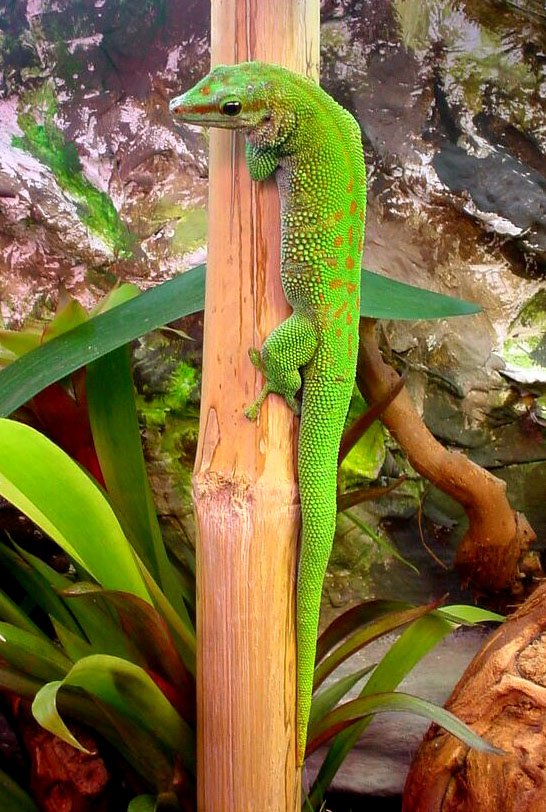Bamboo
Well-Known Member
Size: Adults usually grow to be between 7-12 inches. Females are generally larger then males.
Housing: The enclosure needs to be large enough to give the RES plenty of room to swim around. The rule is: the minimum enclosure size can be found be measuring the size of the turtle in question. For every inch of turtle, there should be at least 10 gallons of enclosure. (ie: a 5 inch turtle should have a minimum 50 gallon tank and a 12 inch turtle should have a 120 gallon tank and so on and so forth) A basking area must be provided, so the turtle can get completely out of the water and dry itself off whenever it wants to. Hides must also be provided. You will also need a filter for the water. There are many commercially availible turtle filters, because fish filters are not strong enough for use in turtle tanks.
Substrate: Bare bottom tanks are often the best choice for turtle owners because it's easier to clean. If you really want to use a substrate, DO NOT use small aquarium gravel. It will be ingested by the turtle and will cause impaction. If you are going to use anything, use those 'river rock' type stones.
Heating: A basking spot of 88-93 degrees F should be provided and the ambient temp should be between 75-85 degrees F. The water temp should be between 72-76 degrees F for adults (for yearlings the water temp should be 78-80 degrees F)
Lighting: A 12hr on/12hr off or 8hr on/16hr off photoperiod should be provided. UV lighting is required for this species.
Humidity: Humidity should be manitained around 70-75%
Feeding:[spoiler:2nm4jtek]Snails, feeder guppies, earthworms, and silkworms can be offered as a source of protein. Dandelions greens, romaine lettuce, and aqautic plants such as water nasturtium, duckweed and java fern are excellent staple greens. Brine shrimp, blood worms, zucchini, carrots and beans can be given a treats, but shouldn't be staples. Turtle pellets should generally be avoided all together. *Note: Yearling turtles require a diet of 50% protein and 50% greens. Adult turtles require a diet of 15-25% protein and 85-75% greens* Cuttle bones made for birds can be offered to turtles of all ages as a source of calcium.[/spoiler:2nm4jtek]





Housing: The enclosure needs to be large enough to give the RES plenty of room to swim around. The rule is: the minimum enclosure size can be found be measuring the size of the turtle in question. For every inch of turtle, there should be at least 10 gallons of enclosure. (ie: a 5 inch turtle should have a minimum 50 gallon tank and a 12 inch turtle should have a 120 gallon tank and so on and so forth) A basking area must be provided, so the turtle can get completely out of the water and dry itself off whenever it wants to. Hides must also be provided. You will also need a filter for the water. There are many commercially availible turtle filters, because fish filters are not strong enough for use in turtle tanks.
Substrate: Bare bottom tanks are often the best choice for turtle owners because it's easier to clean. If you really want to use a substrate, DO NOT use small aquarium gravel. It will be ingested by the turtle and will cause impaction. If you are going to use anything, use those 'river rock' type stones.
Heating: A basking spot of 88-93 degrees F should be provided and the ambient temp should be between 75-85 degrees F. The water temp should be between 72-76 degrees F for adults (for yearlings the water temp should be 78-80 degrees F)
Lighting: A 12hr on/12hr off or 8hr on/16hr off photoperiod should be provided. UV lighting is required for this species.
Humidity: Humidity should be manitained around 70-75%
Feeding:[spoiler:2nm4jtek]Snails, feeder guppies, earthworms, and silkworms can be offered as a source of protein. Dandelions greens, romaine lettuce, and aqautic plants such as water nasturtium, duckweed and java fern are excellent staple greens. Brine shrimp, blood worms, zucchini, carrots and beans can be given a treats, but shouldn't be staples. Turtle pellets should generally be avoided all together. *Note: Yearling turtles require a diet of 50% protein and 50% greens. Adult turtles require a diet of 15-25% protein and 85-75% greens* Cuttle bones made for birds can be offered to turtles of all ages as a source of calcium.[/spoiler:2nm4jtek]









